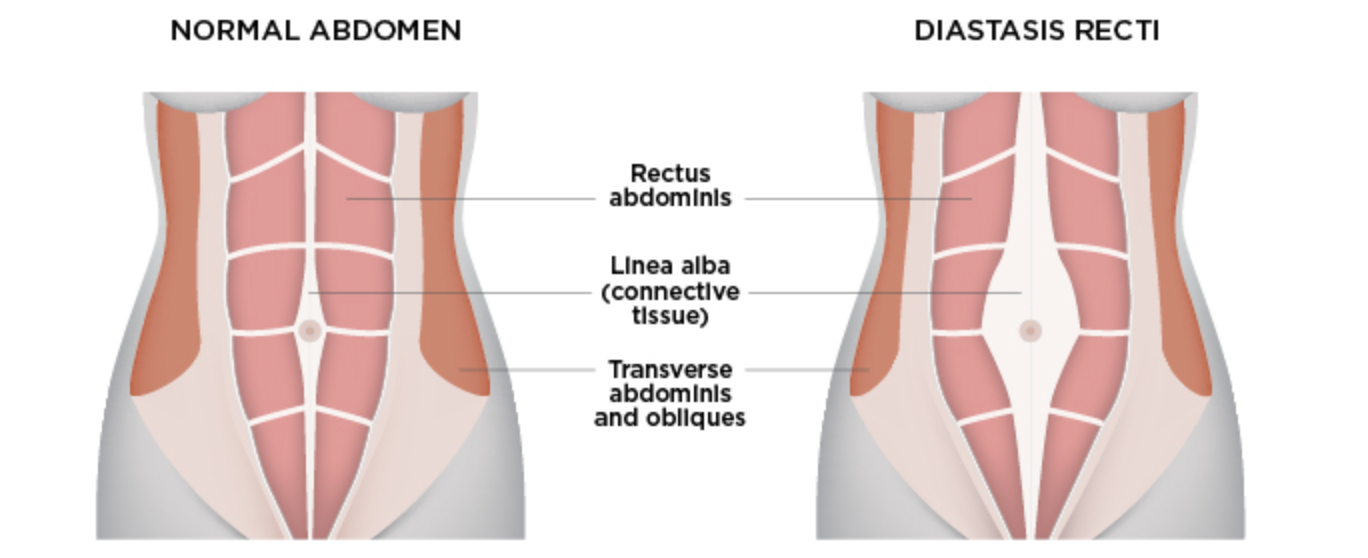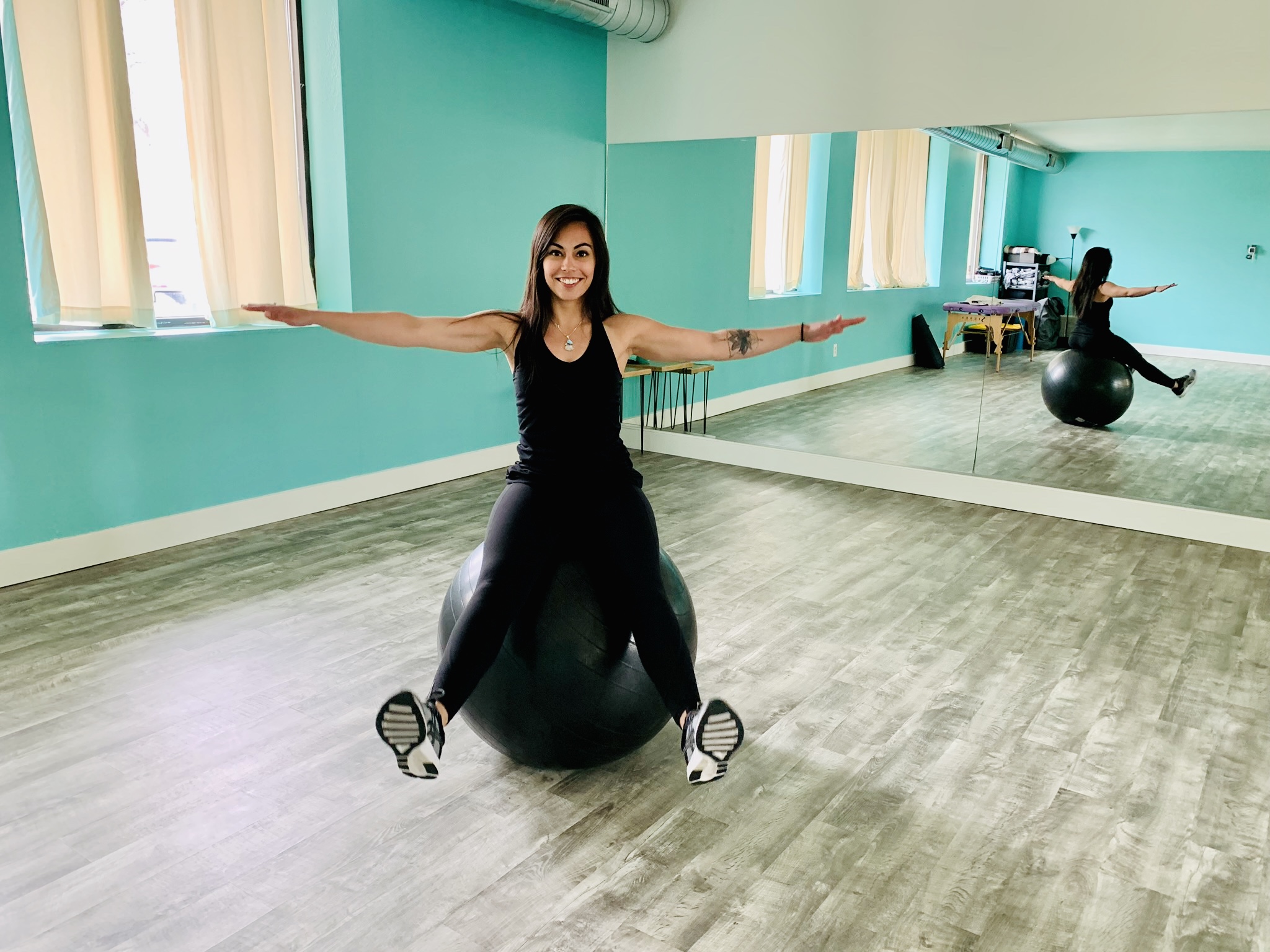With Mother’s Day approaching, we thought it would be helpful to dive into a topic affecting the moms in our lives and in the IP community: Diastasis Recti. A woman’s body goes through incredible changes during pregnancy, delivery, and eventually post-partum. Typically these changes lead to overstretching and weakness of the abdominal wall and pelvic floor which can result in:
- Low back pain
- Sacroiliac Joint Disorder
- Difficulty with lifting child and performing functional activities
The good news is, these problems can be addressed and treated with physical therapy!
What is Diastasis Recti?
Diastasis Recti is a term that describes separation in the abdominal wall between the two sides of your rectus abdominis muscles (*think your 6 pack*) that leads to a bulging/herniation of organs when sitting up or increasing pressure throughout your abdomen. The dysfunction itself is typically painless, but the generalized weakness and loss of integrity of the abdominal wall can lead to low back pain, etc. Although this condition is most prevalent in post-partum women, this can affect people of all ages, gender, and fitness levels.

How do I know if I have it?
Lie on your back with your knees bent
Lift your head and shoulders off of the floor and reach your arms towards your feet
You will then feel for a bulging both slightly above and below the belly button
If the herniation is >2cm wide, it is a positive test for D.R.
How can I fix it?
Post-partum training of a muscle called the Transverse Abdominis (TrA) is crucial to closing the diastasis recti and strengthening the abdominal wall safely. This muscle wraps around your sides and pulls your waist in with the fibers pointing towards your belly button. To activate,  start by lying comfortably on your back with your knees bent and think of “pulling in your corset” around the sides. Another way to activate is to imagine a string drawing your belly button towards your spine.Without having to hold your breath, you should feel your waist draw in and there should be no abdominal bulging. Hold this contraction and count to 10 while slowly breathing in and out. This can begin as soon as 4 days post-delivery.
start by lying comfortably on your back with your knees bent and think of “pulling in your corset” around the sides. Another way to activate is to imagine a string drawing your belly button towards your spine.Without having to hold your breath, you should feel your waist draw in and there should be no abdominal bulging. Hold this contraction and count to 10 while slowly breathing in and out. This can begin as soon as 4 days post-delivery.
Once you can successfully hold this contraction, you can begin a series of movements know as “Sahrmann Exercises” to place a higher demand on the TrA. Click the link here to follow along with these exercises.
As the diastasis recti begins to close, your physical therapist will continue to progress you to more demanding core stabilization exercises! If you or someone you know would benefit from these exercises and post-partum PT care, give us a call!
Challenge Your Core and Your Pelvic Floor with these Exercises!



